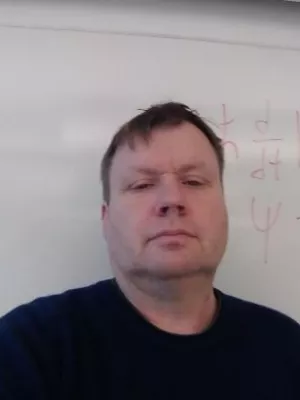
Martin Lindahl
Programmer

The structures of frataxin oligomers reveal the mechanism for the delivery and detoxification of iron
Author
Summary, in English
Defects in the mitochondrial protein frataxin are responsible for Friedreich ataxia, a neurodegenerative and cardiac disease that affects 1:40,000 children. Here, we present the crystal structures of the iron-free and iron-loaded frataxin trimers, and a single-particle electron microscopy reconstruction of a 24 subunit oligomer. The structures reveal fundamental aspects of the frataxin mechanism. The trimer has a central channel in which one atom of iron binds. Two conformations of the channel with different metal-binding affinities suggest that a gating mechanism controls whether the bound iron is delivered to other proteins or transferred to detoxification sites. The trimer constitutes the basic structural unit of the 24 subunit oligomer. The architecture of this oligomer and several features of the trimer structure demonstrate striking similarities to the iron-storage protein ferritin. The data reveal how stepwise assembly provides frataxin with the structural flexibility to perform two functions: metal delivery and detoxification.
Department/s
- Biochemistry and Structural Biology
- Computational Chemistry
Publishing year
2006
Language
English
Pages
1535-1546
Publication/Series
Structure
Volume
14
Issue
10
Full text
- Available as PDF - 18 MB
- Download statistics
Links
Document type
Journal article
Publisher
Cell Press
Topic
- Theoretical Chemistry
- Biological Sciences
Status
Published
ISBN/ISSN/Other
- ISSN: 0969-2126